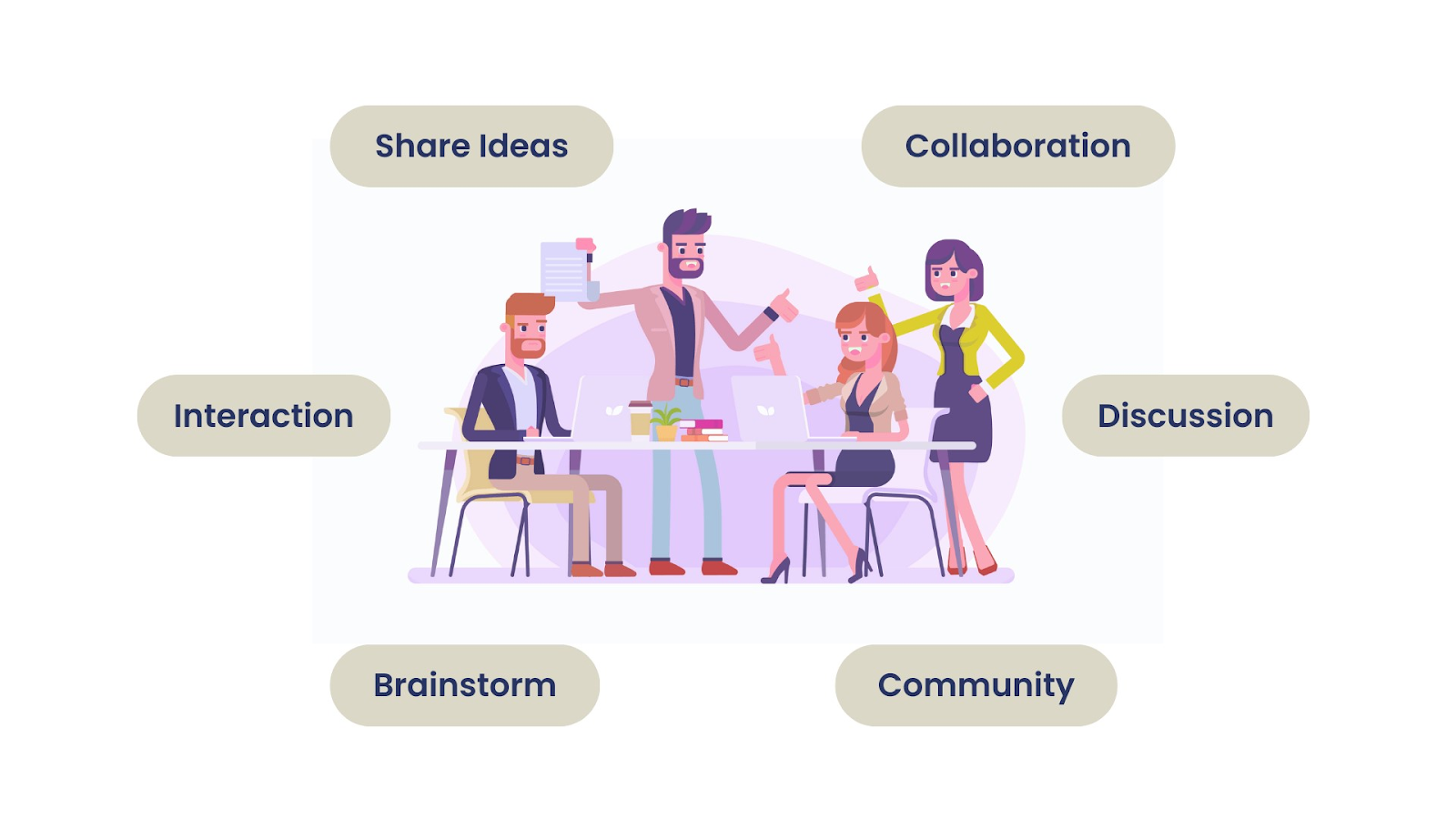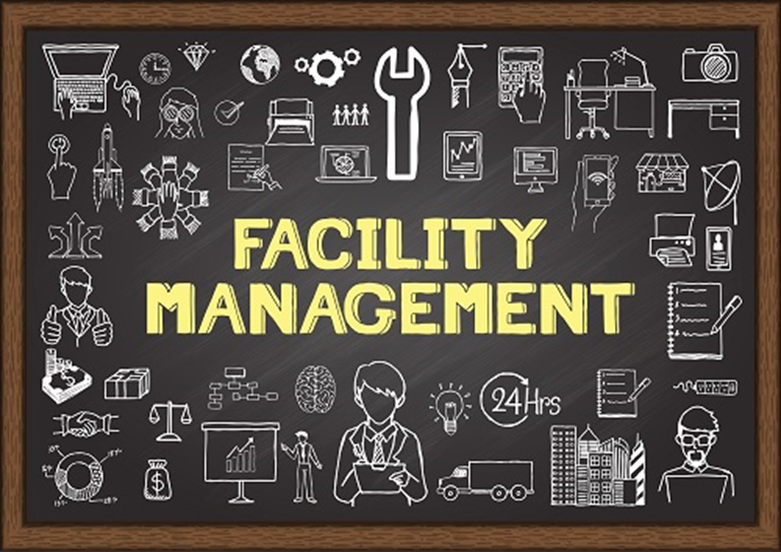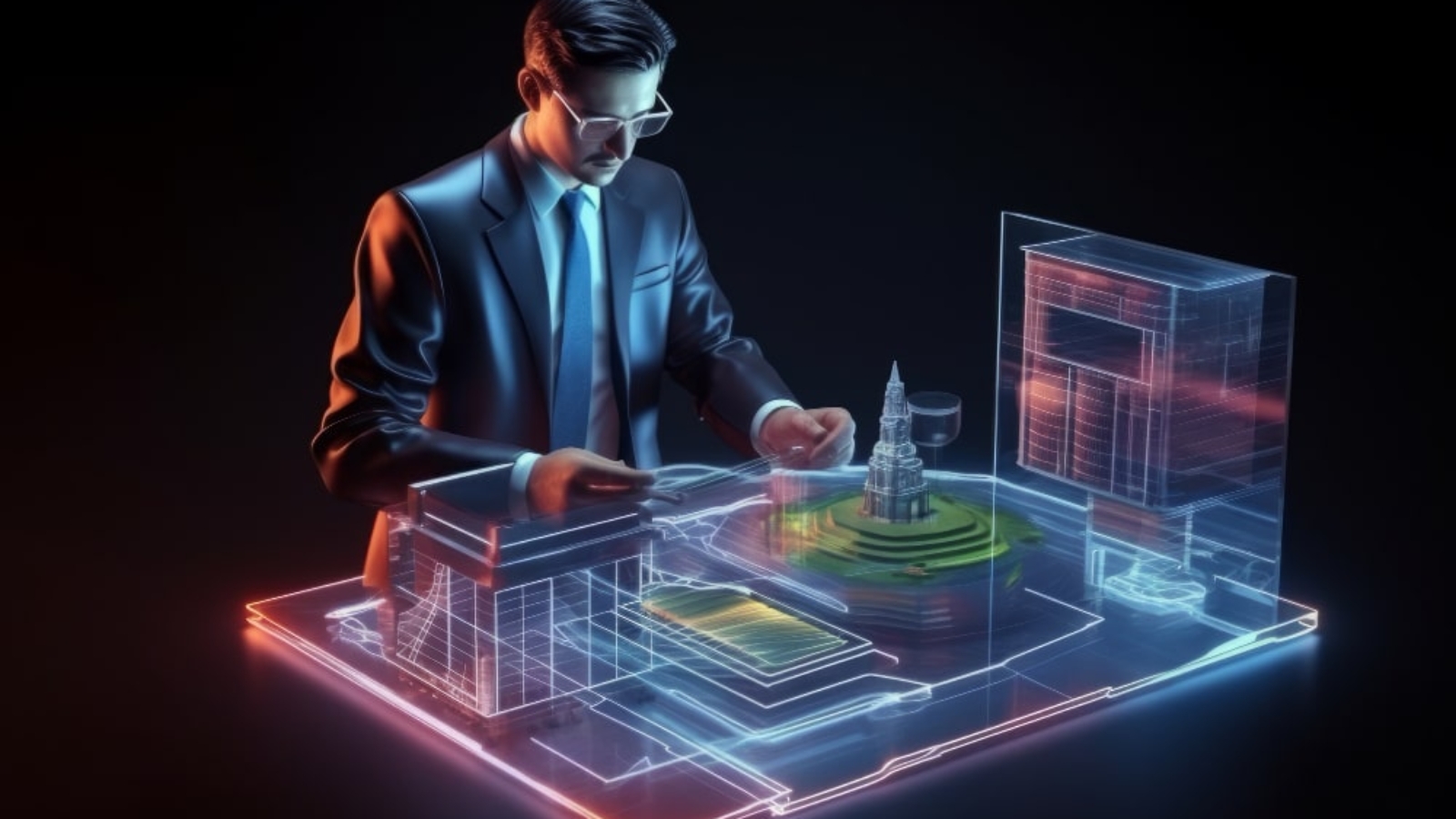1.BIM:
BIM is more than just a technology; it is a transformative process that reshapes the way we design, construct, and manage buildings. It promotes efficiency, sustainability, and collaboration at every stage, making our work more effective and successful.
2.Enhanced collaboration:

Centralized Platform: BIM offers an incredibly efficient and collaborative platform that brings together architects, engineers, contractors, and all project stakeholders to work seamlessly on a shared 3D model. This centralized approach ensures smooth communication and coordination, leading to successful project outcomes.
Improved Communication Top of Form: This fantastic solution completely eliminates any potential misunderstandings and discrepancies, resulting in incredibly smooth workflows and a significant reduction in errors.
3.Increased efficiency:

Clash Detection: BIM helps to identify potential conflicts between different building elements at an early stage in the design process, which ultimately prevents expensive rework from being necessary on-site.
Optimized Scheduling: By utilizing 4D BIM to visualize the construction sequence, project managers can proactively identify and overcome potential bottlenecks, ultimately streamlining timelines and boosting project efficiency.
Data-Driven Decisions: BIM offers valuable data for making informed decisions, including material quantities, cost estimates, and energy performance analysis.
- Improved Quality and Sustainability:
Error Reduction: Error reduction is one of the most significant benefits of using Building Information Modelling (BIM) in the construction industry. By leveraging BIM’s advanced tools and processes, project teams can identify, analyse, and correct potential errors in the design and construction phases, ensuring smoother project execution and higher quality outcomes.
Sustainable Design: Sustainable design focuses on creating buildings and environments that are environmentally responsible, energy-efficient, and resource-efficient throughout their lifecycle, from planning and construction to operation and demolition. BIM (Building Information Modelling) plays a crucial role in facilitating sustainable design by enabling architects, engineers, and contractors to integrate and analyse sustainability factors directly within the digital building model.
- Better Facility Management:
Asset Management: Asset management involves the systematic process of developing, operating, maintaining, upgrading, and disposing of assets cost-effectively. In the context of Building Information Modelling (BIM), asset management refers to the use of BIM data and models to manage the lifecycle of physical assets within a building or infrastructure project. This approach enhances efficiency, reduces costs, and improves decision-making throughout the asset's lifecycle.
Space Planning: Space planning is an exciting and innovative process that involves maximizing functionality, efficiency, and aesthetics within a building. With the use of Building Information Modelling (BIM), space planning becomes even more powerful and dynamic. Through detailed 3D models and data-driven analysis, architects, designers, and facility managers can now visualize, plan, and manage space usage with greater effectiveness. BIM truly revolutionizes the way we integrate design, space utilization, and operational needs into a cohesive and streamlined plan.




